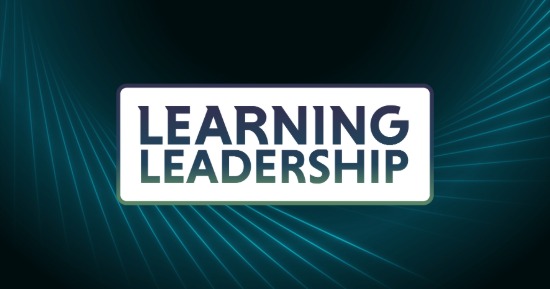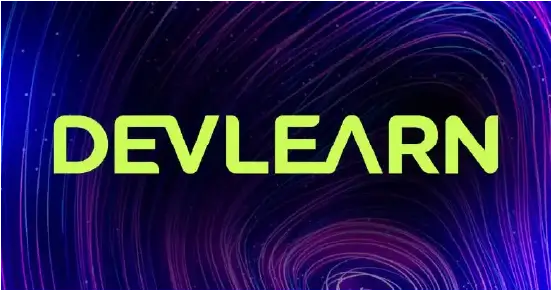The skills needed to succeed in many—if not most—job roles are changing constantly. Workers need digital skills to keep up with increasingly remote or mobile work environments. And they need new skills to use automation features that affect their jobs.
That’s why executives and learning leaders globally are focusing on upskilling and reskilling workers in 2021 and beyond. In fact, 72% of executives who participated in Deloitte’s 2021 Global Human Capital Trends survey cited “the ability of their people to adapt, reskill, and assume new roles” as the most important or second-most important skill needed to navigate disruptions and future change. And 41% said that upskilling, reskilling, and mobility are “the most important actions they are taking to transform work.”
But not all upskilling and reskilling programs are effective. McKinsey studied elements of successful workforce skill-building strategies, and it’s clear that learning leadership plays a significant role in designing and implementing these initiatives.
Increased focus on skill-building
A majority of leaders across industries—58%—told McKinsey that closing skill gaps has become a higher priority since the pandemic started. Of these, 69% report increases over 2019 in using upskilling and reskilling programs, and 46% are redeploying employees in new roles more frequently than in 2019. Redeploying often entails reskilling these employees.
In-demand skills
The most sought-after skills are so-called “soft” skills and “advanced cognitive” skills: “More than half of respondents report a focus on developing leadership, critical-thinking and decision-making, and project-management skills,” McKinsey reports.
The greatest increases from 2019 to 2020 were in developing interpersonal skills and empathy, project management skills, and basic digital skills, followed by leadership management skills.
Elements of effective skill-building programs
McKinsey identified a three-phased, multistep approach to successful upskilling, and stated that “At the organizations that have implemented all of them, respondents report a nearly 100 percent chance of having a successful skill transformation.” This reflects a success rate two-and-a-half times higher than that for organizations that skipped just one of the steps.
Phase 1: Planning
The first stage is planning and assessing existing and potential skill gaps. This entails assessing the future need for specific skills, determining who in the organization already has those skills, and analyzing the gaps.
Phase 2: Strategy
Once current and future skills gaps are identified, the skill transformation program moves int o the “shaping” phase: Designing a portfolio of programs to close gaps, designing learning journeys for specific job roles or groups of learners, and selecting learning infrastructure and technologies.
Phase 3: Implementation
In phase three, organizations launch their selected learning structure(s) and deliver their skills transformation programs across the organization, starting with “comprehensive capability-building programs that address the most critical skill needs.” They also implement a tracking strategy that addresses workers’ progress—and impact on key business outcomes.
Learning leaders are the key to successful initiatives
If the phases and steps sound familiar to learning leaders, there’s a reason: It’s very similar to planning any effective online training initiative. Assess needs. Plan and design solutions. Implement solutions and measure results and outcomes. Learning leaders know this script inside-out; they wrote it!
Analyzing the skills gaps and identifying potential solutions, then designing and developing learning programs to upskill and reskill learners to close skill gaps leverages the strengths of learning and development (L&D) professionals, offering opportunities to take the lead in this key area of organizational focus.
Not only that: Upskilling and reskilling efforts, particularly the design, development, implementation, and measurement of learning journeys and training programs, rely on the L&D team.
Where organizations most need L&D expertise
McKinsey found that organizations are most successful with the skills analysis and planning phase—and struggle most with implementation, delivery, and tracking. Only 23% of survey respondents who’d implemented skill transformation programs had successfully implemented tracking of performance and impact.
Another area where L&D can guide their organizations to better results is in recommending the optimal mix of learning products and formats. Though digital learning has become ubiquitous and is often an appropriate choice, learning leaders are ideally positioned to advise on when other options or formats are likely to lead to greater impact.
Long-term benefits of upskilling and reskilling
A proactive approach to identifying and filling current and future skill needs and gaps is likely to pay significant dividends. “Between 71 and 90 percent say their skill transformations have had a positive impact on four company outcomes: the ability to realize company strategy, employees’ performance and satisfaction, and reputation as an employer,” McKinsey reports.
And LinkedIn Learning’s Workplace Learning reports have consistently found that learners stay longer at companies that invest in them and see learning as essential to career success.
It’s worth taking charge of these initiatives to ensure that your organization enjoys the potential benefits.
Network with learning leadership peers
Learning leaders and aspiring leaders who are seeking the strategies and skills required to navigate the needs of today’s ever-changing workplace do not need to figure it all out on their own. Connect with a community of your peers to help you explore and resolve today’s biggest learning leadership challenges.
The Learning Leaders Alliance is a vendor-neutral global community for learning leaders who want to stay ahead of the curve and for aspiring leaders wanting to build their skillsets. The Learning Guild’s Alliance Membership package includes access to exclusive digital events and content curated for today’s modern learning leader, as well as opportunities to attend in-person learning leadership events held around the globe.
Learning Leaders Alliance programs scheduled for June 2021 focus on upskilling and reskilling initiatives. Learn more and join the LLA today.










